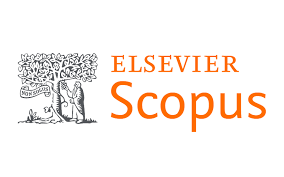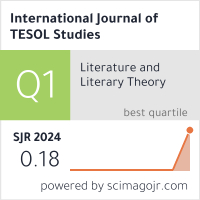2632-6779 (Print)
2633-6898 (Online)


Scopus
Ulrich’s Periodicals Directory (ProQuest)
MLA International Bibliography
MLA Directory of Periodicals
Directory of Open Access Journals (DOAJ)
QOAM (Quality Open Access Market)
British National Bibliography
WAC Clearinghouse Journal Listings
EBSCO Education
ICI Journals Master List
ERIH PLUS
CNKI Scholar
Gale-Cengage
WorldCat
Crossref
Baidu Scholar
British Library
J-Gate
ROAD
BASE
Publons
Google Scholar
Semantic Scholar
ORE Directory
TIRF
China National Center for Philosophy and Social Sciences Documentation
Wuhan Huang
Xi'an Jiaotong-Liverpool University, China
Abstract
From the 2000s, attitudinal studies on “China English (CE)” and incorporating CE into English Language Teaching (ELT) have emerged because of CE’s legitimacy as a variety of “New English” and its pedagogical implications being widely recognised. However, no settled conclusions have been made on students’ attitudes towards CE, which could also be constantly shifting. Furthermore, the reliability and validity of existing attitude questionnaires on CE and teaching CE have not been tested, and the impact factors of attitudes toward CE and teaching CE have seldom been explored quantitively. Given these research gaps, the present study investigates students’ attitudes towards CE and the idea of incorporating CE into university ELT. The methods include a questionnaire and statistical approaches such as exploratory factor analysis and factorial MANOVA. The results suggest that the CE and teaching CE scale comprises nine factorial dimensions with acceptable reliability and validity. Furthermore, Chinese university students hold mixed attitudes towards CE and generally negative attitudes towards teaching CE. The results have also revealed that students’ academic discipline and understanding of the “World Englishes” concept are statistically significant predictors of their attitudinal response in some areas. Based on these findings, the study suggests that it is still too early for CE to be taught in the classroom, but the discussions around this topic should not stop. At the same time, various endeavours could be tried to lay the foundation for CE to be incorporated in ELT. Recommendations for future attitudinal studies on CE and teaching CE are also proposed.
Keywords
China English (CE), language attitude, English language teaching (ELT), questionnaire